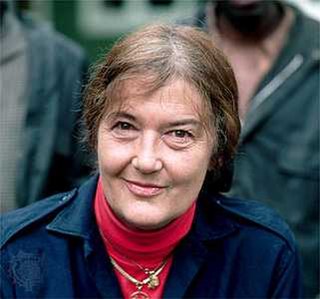Top 37 Quotes & Sayings by Dian Fossey
Explore popular quotes and sayings by an American scientist Dian Fossey.
Last updated on April 14, 2025.
There are times when one cannot accept facts for fear of shattering one's being. As I listened to Ian's news, all of Digit's life, since my first meeting with him as a playful little ball of black fluff ten years earlier, passed through my mind. From that moment on, I came to live within an insulated part of myself.
None of the three great apes is considered ancestral to modern man, Homo sapiens, but they remain the only other type of extant primate with which human beings share such close physical characteristics. From them we may learn much concerning the behavior of our earliest primate prototypes, because behavior, unlike bones, teeth, or tools, does not fossilize.
I shall never forget my first encounter with gorillas. Sound preceded sight. Odor preceded sound in the form of an overwhelming, musky-barnyard, humanlike scent. The air was suddenly rent by a high-pitched series of screams followed by the rhythmic rondo of sharp pok-pok chestbeats from a great silverbacked male obscured behind what seemed an impenetrable wall of vegetation.





















